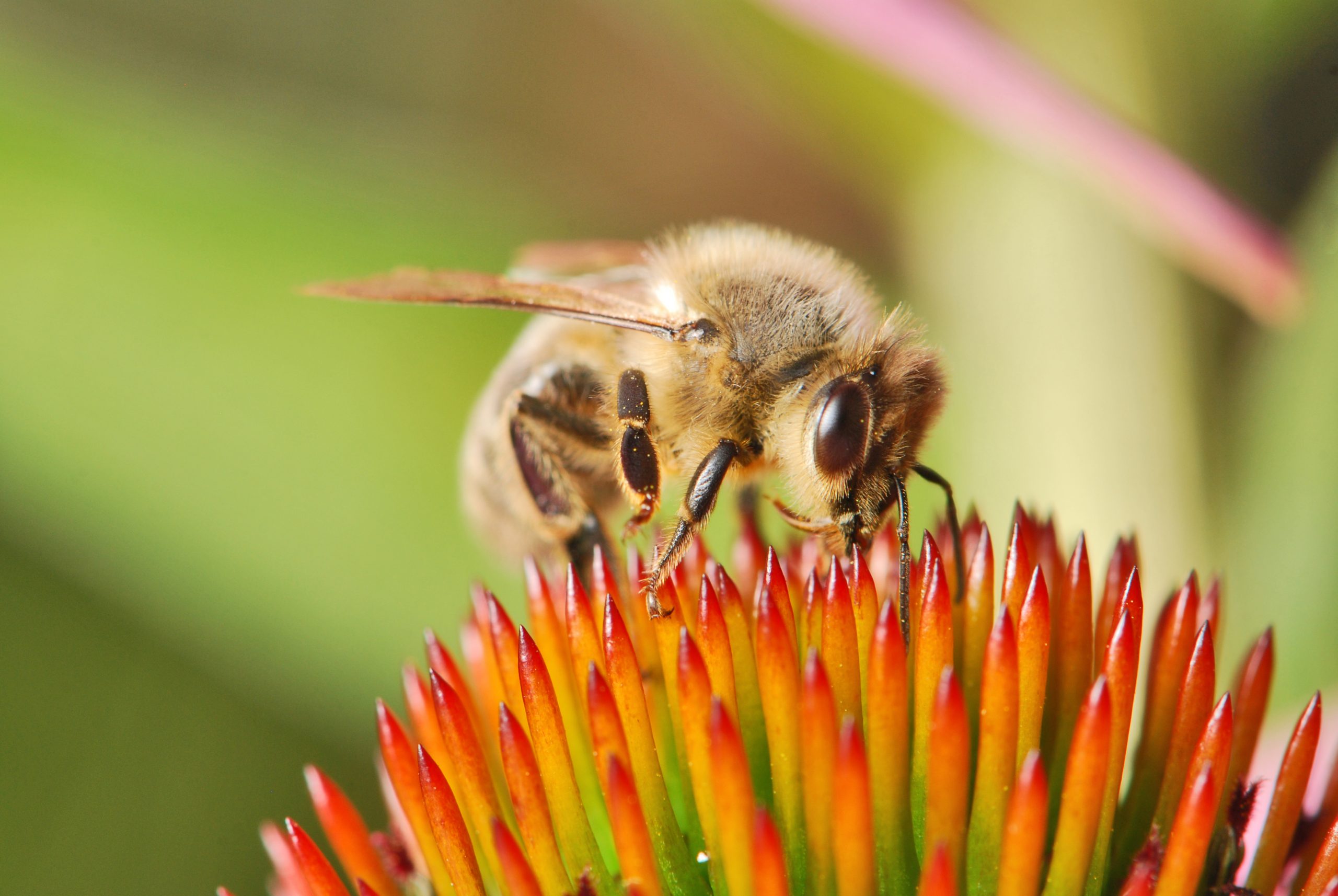Where Have All the Flying Insects Gone?

The past 27 years have seen a dramatic decrease in total flying insect biomass, according to a new study published in PLOS ONE. Researchers report that flying insects in protected areas have decreased by more than 75 percent in the last three decades, and the decline cannot be explained by changes in weather, land use, or habitat.
Insects play a central role in a variety of ecosystem processes, pollinating 80 percent of wild plants and providing a food source for 60 percent of birds. The loss of insect diversity and abundance will certainly have cascading, adverse effects on ecosystems.
“While insect declines are reported throughout the world, particularly for wild bees, butterflies, and moths, there is generally a lack of comprehensive data to inform us on the remaining insect species, until now,” says Caspar Hallmann, an ecologist at Radboud University in the Netherlands and lead author of the new study.

Hallmann and his colleagues used Malaise traps to measure total flying insect biomass between 1989 and 2016 in 63 nature protection areas in Germany. They documented a decline in flying insect biomass of 76 percent in just 27 years.
“We seem to have lost over three-quarters of the insect biomass in less than three decades,” says Hallmann. “This is very alarming! And what’s more, this is in nature reserves that are meant to protect wildlife, biodiversity, and ecosystem services.”
Hallmann and colleagues looked at a number of possible causes for the observed decline, including changes in climatic conditions, changes in the landscape around the traps, and changes in habitat aspects of the preserves in which the sampling took place. These variables were able to explain some variation in insect catches from sample to sample, but could not explain the overall decline in biomass over the years.
So what is behind the decline in flying insects? The researchers say at this point they don’t know, but a few suspects remain. One likely cause is the intensified agricultural system that surrounds the preserves.

Whatever the factors underlying the decline, they have more far-reaching effects on insect biomass than previously appreciated. This study demonstrates that it is not just vulnerable groups like bees, butterflies, and moths that are declining; the flying insect community as a whole has been decimated over the last three decades.
Hallmann and colleagues urge further research on the causes for this decline, its geographical extent, and how it might impact ecosystems.
“For now, enhancing what is known to benefit insects, and avoiding what is known to harm them, is really needed,” says Hallmann. “For example, increasing reserve size and connectivity between reserves, managing areas to be friendly toward insects, and at the same time avoiding the negative impacts of agriculture, such as broad and excessive use of pesticides and fertilizers, could help.”
Insects play a tremendous role in ecosystems, ensuring pollination of plants, decomposition of litter and dung, and providing a food source to many animals. This startling loss of insects is likely to have serious consequences for ecosystems.
Reference:
Hallmann CA, Sorg M, Jongejans E, Siepel H, Hofland N, Schwan H, et al. (2017) More than 75 percent decline over 27 years in total flying insect biomass in protected areas. PLoS ONE 12(10): e0185809. https://doi.org/10.1371/journal.pone.0185809.
